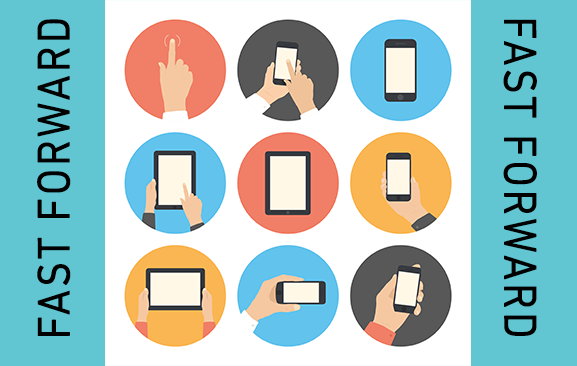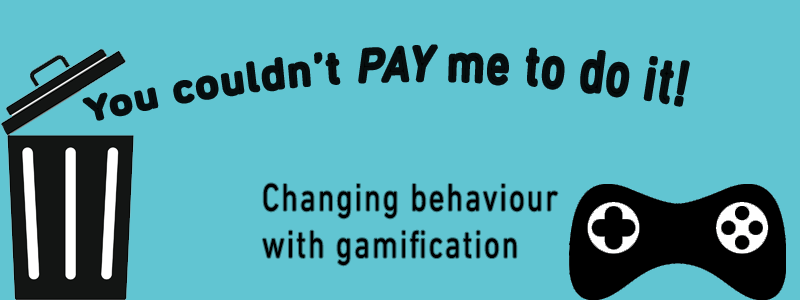What is Gamification?
A computer programmer named Nick Pelling coined the term gamification in 2002. Nick said this is “applying in game-like accelerated user interface design to make electronic transactions both enjoyable and fast” [Nick Pelling]. This meant implementing games into devices like mobile phones to help new users become more comfortable with their device.

It seems ludicrous now the thought that mobile gaming was a blip on the horizon, an idea that took less than a decade to become reality. Nick didn’t make anything from the term. However, Volkswagen took inspiration from this idea in 2009 with a competition they ran called “the fun theory”. This initiative inspired others to conceive ways to make ordinary activities enjoyable.
The fun theory
The fun theory is a series of experiments designed to encourage a change in peoples’ behaviour. The winning idea won a 2,500 euro prize. Ideas ranged from tuning a set of train stairs into a piano. The video revealed 66% of people would take the piano stairs instead of the escalator.
The winning idea was the “Speed camera lottery”. The speed camera would recognise drivers who drove at a safe speed and enter them in a prize draw to win the money from drivers caught speeding.
There have been several UK based campaigns in recent years that have used the fun theory to tackle awareness. The environmental charity hubbub has run several campaigns to change the way people treat public space. One of those ideas was “Neat Streets”.
What has Hubbub done?
Hubbub used gamification in a number of their campaigns to raise awareness against littering. To tackle the cost of gum littering, Hubub placed a number of boards around London which would be interactable with chewing gum.

The negative side of gamification
So far gamification has been shown to be successful and produce the intended outcome. People understand what they have to do and enjoy its purpose. However, this can be a double-edged sword, poorly done gamification can damage a company.
We have looked at campaigns designed to raise awareness with the public, but companies regularly use the same practice to raise productivity within the workforce. In this article about negative gamification, Pharmacy-IT company Omnicare designed a leaderboard to decrease helpdesk wait times. However, this proved unsuccessful as it increased workplace stress, leading to employee turnover.
Is this something I should worry about?
No.
You don’t need to think of ground-breaking ways to “gamify” your business. A good idea is one that attracts customers and keeps them coming back time and time again. Sometimes it’s just that simple. In the meantime, make sure your business is running as efficiently as it possibly can.
Let us help with your workplace needs.
Back
